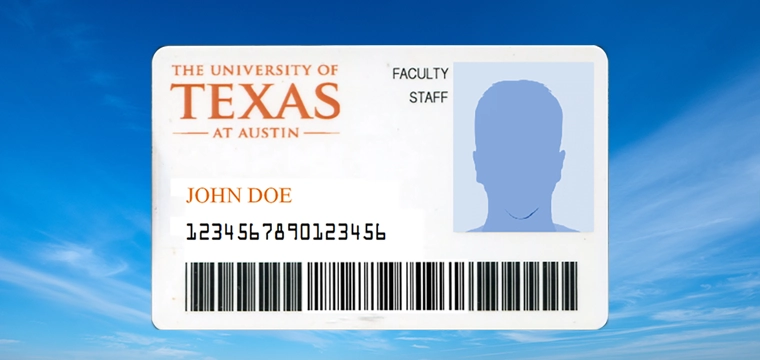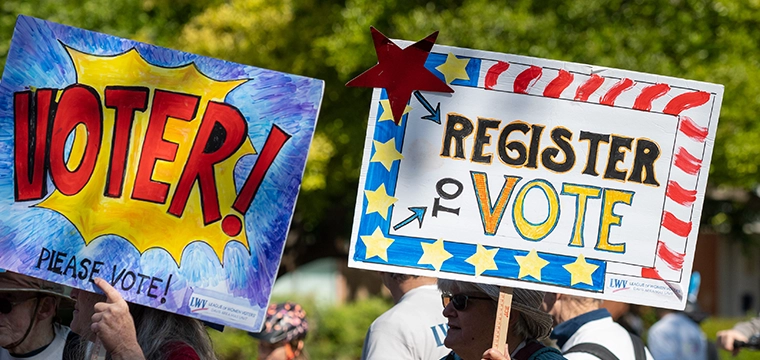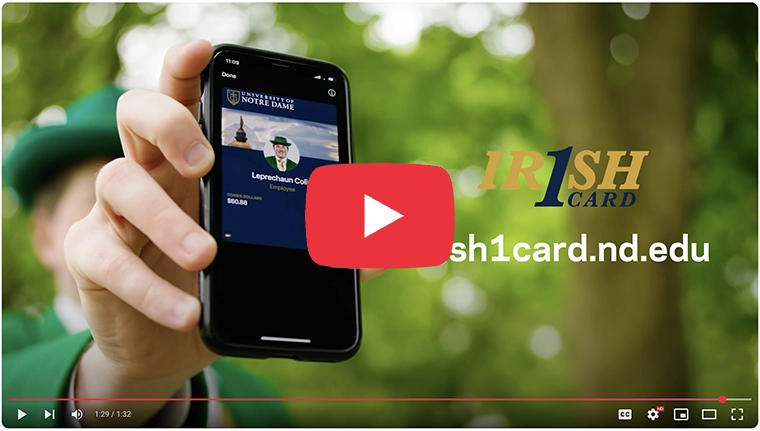Facebook, Twitter main channels for communication with the modern student
What did anyone do before Facebook? It’s long been the go-to place for teens and college students, and now universities are adding the social networking giant to their marketing arsenal.
Marketing the campus card is crucial because very few students know all the card’s uses. “A lot of students use their card for one thing, but we find we can increase the perceived and actual value if we make them aware of the different services available,” says Maggie Linder, program coordinator, the Griz Card Center, the University of Montana.
When students knows what’s available they use the card more.
For Linder, it’s all about being creative, since the school doesn’t have a budget for campus card marketing. Facebook is the Griz Card program’s primary marketing tool, she says.
It took some convincing five-years ago when the school first considered using Facebook as a marketing medium. Today it is well accepted and extremely popular. “For three years we’ve been building our Facebook page,” says Linder.
Linder handles the majority of the postings but does enable some students to post. To keep the schools content current, she uses Tweetdeck, a social media dashboard application for management of Twitter and Facebook accounts. It allows her to schedule posts to run throughout the week.
The school highlights card functions on the page, such as: “Did you know you can rent DVDs from the library?”
They also run contests to generate interest in the card.
“Where’s Monte’s Griz card” was a contest that saw students searching for an ID card with the school’s grizzly bear mascot. Another contest had students photographing their card with famous people and at interesting locations. “Last year, our winner was someone who took a picture of the card on a glacier,” she says.
Another strong believer in Facebook is Carleton College, a 2,000-student school in Northfield, Minn. “If you want to market your card, go where the students are,” says Julia Burmesch, director of Campus Services.
“Our Facebook page, called Carleton Update, is sort of our command central,” says Burmesch. “That’s where we run our information posts, contests and drum up interest among new students before they arrive on campus. We send them to our update page in July so they’re familiar with the OneCard and how important it is to them.”
The schedule is extremely tight during orientation, so the card program does not have a lot of time to market its services. This is why Facebook is so important, says Burmesch.
Before Facebook the school tried printed materials. “We did posters that were professionally designed. We tried to send regular email communications announcing deadlines, such as meal plans. They weren’t getting the message. We know they’re more likely to share something they’ve learned from Facebook than something they got in an email,” says Burmesch.
The comment section on Facebook is monitored in case there is a need for clarification or a follow-up post.
The school currently has 1,265 fans on its Facebook page, says Burmesch. “For a small school we’re very proud of that number.”
When the page first went up a few years ago it was an experiment. “We almost gave up. We tried to make it all about the card, It was administered by someone who reports to me. We struggled to find time for it and for things to talk about. We decided to expand it and involve students. That’s what got us going–students talking to students,” says Burmesch.
“Using social media has been such a windfall for us,” says Burmesch. “It’s an effective way for us to spotlight the work that campus services does in a positive way.”
In recognition of their efforts, Carlton College was awarded the 2011 interactive marketing award from the National Association of Campus Card Users.
Card provider CBORD offers marketing support and design services to all its customers, says Sarah Ledwith, CBORD’s marketing manager for colleges and universities, “This can range from designing a simple flier to card design to drafting articles and emails for campus communication,” says Ledwith.
More and more, its social media that’s seeing the most growth, she says. “Card offices are running Facebook pages, tweeting, publishing videos, and finding a lot of innovative ways to keep students thinking about their campus cards.”
Despite the success of its social cousin, traditional marketing hasn’t fallen out of favor. “We still see a lot of paper or digital ads in high-traffic areas, and they still work,” says Ledwith. “I’ve even heard of schools considering putting their marketing messages on the floor with stickers since that’s where students’ eyes are pointed when they walk around looking at their smart phones.”
Ledwith says card office managers understand that they are competing for their students’ attention. “If they want students to use their cards to make more purchases, they need to give them a good reason to have it at the top of their mind. If they can make it a habit, they’ve done well,” says Ledwith.
According to Donna Franklin, marketing manager at CardSmith, the company’s marketing offering can create a turnkey solution for card program clients. “If the campus is looking for something comprehensive it is the best way to do it,” she says.
CardSmith will help the campus with ID card and logo design and naming all the way through building awareness of the program on and off campus.
CardSmith offers a package to schools and card marketing is usually priced separately, says Franklin. “We will design their marketing package to the specific needs of the campus,” adds Franklin.
The end result of any good marketing program is driving awareness, says Lori Caffrey, CardSmith’s marketing manager. “We want to have everyone rally around the card,” she adds.
CardSmith also believes in the power of Facebook. “We view it as another communication channel to educate cardholders in the campus community,” says Franklin.
They create a Facebook page–such as Campus Cash Boston or Campus Cash Jacksonville–to promote their multi-campus, citywide merchant programs. “We post relevant information for all our campuses in those areas,” she explains. “It is an effective communication platform and our merchants see a lot of value in it.”
That seems to be a consistent message from many campus card forays into the world of social media–when done right, it is effective for the institution and provides real value for the users.




